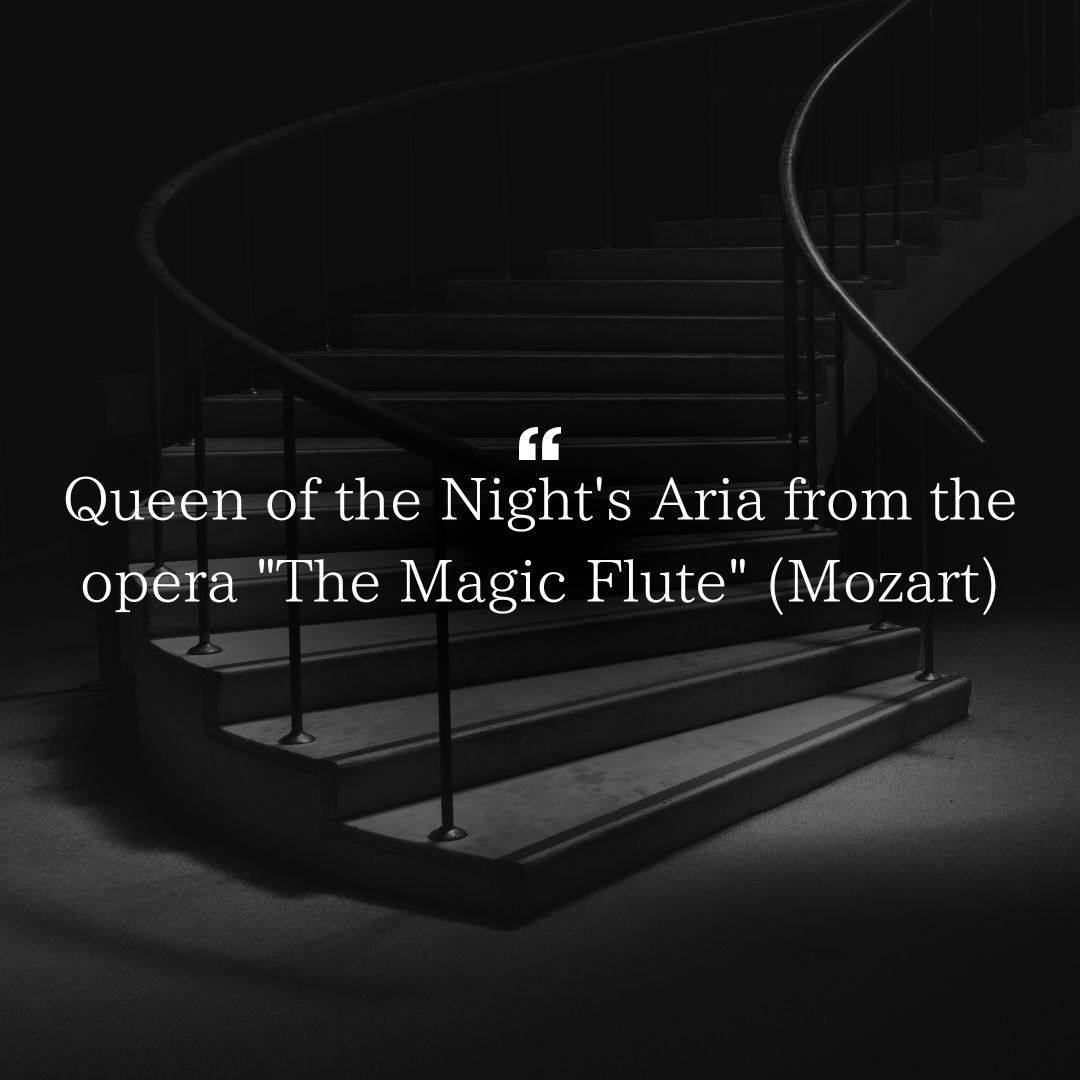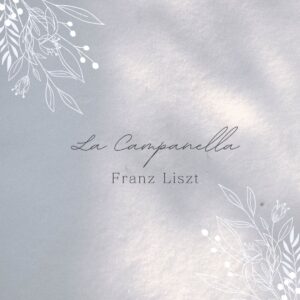Queen of the Night’s Aria from the opera “The Magic Flute” (Mozart)
「夜の女王のアリア」(ドイツ語: Der Hölle Rache kocht in meinem Herzen、日本語では「復讐の炎は地獄のように我が心に燃え」)は、ヴォルフガング・アマデウス・モーツァルト(Wolfgang Amadeus Mozart)が作曲したオペラ《魔笛》(Die Zauberflöte, K. 620)の中でも特に有名なアリアです。この曲は、夜の女王(Königin der Nacht)というキャラクターが第2幕で歌うソロで、超絶技巧を要求されるコロラトゥーラ・ソプラノの名曲として知られています。
《魔笛》は、モーツァルトが亡くなる3ヶ月前に初演された最後のオペラで、彼の友人であり劇場主のシカネーダーが台本を書き、主演(パパゲーノ役)も務めました。この作品は、ドイツ語のジングシュピール(歌と台詞が混在する形式)で、メルヘン的な要素とフリーメイソンの象徴性を融合させた独特の内容です。「夜の女王のアリア」は、夜の女王が娘パミーナに、ザラストロ(敵対する光の王)を殺すよう命じる場面で歌われます。夜の女王は第1幕では哀れな母として登場し、タミーノに娘の救出を頼みますが、第2幕でその本性が明らかになり、復讐心に燃える冷酷なキャラクターに変貌。このアリアは、彼女の怒りと決意を劇的に表現したクライマックスです。
「夜の女王のアリア~歌劇《魔笛》より」は、モーツァルトのオペラの中でも最も劇的で難易度の高い楽曲の一つです。夜の女王の復讐心を象徴する超絶技巧と、聴衆を圧倒する音楽的緊張感が魅力で、コロラトゥーラ・ソプラノの頂点として今も輝き続けています。
“Queen of the Night’s Aria” (German: Der Hölle Rache kocht in meinem Herzen, or “The flames of vengeance burn like hell in my heart”) is one of the most famous arias in Wolfgang Amadeus Mozart’s opera The Magic Flute (Die Zauberflöte, K. 620). This song is a solo sung by the character of the Queen of the Night (Königin der Nacht) in the second act, and is known as a masterpiece for coloratura soprano, requiring virtuosity.
The Magic Flute was Mozart’s last opera, premiered three months before his death. His friend and theater owner Schikaneder wrote the libretto and also starred in the lead role (Papageno). The work is a German Singspiel (a form that combines song and dialogue) with a unique content that combines fairy tale elements with Freemason symbolism. The Queen of the Night’s Aria is sung when the Queen of the Night commands her daughter Pamina to kill Sarastro (the enemy King of Light). The Queen of the Night appears as a sad mother in the first act, asking Tamino to rescue her daughter, but in the second act her true nature is revealed and she transforms into a ruthless character who is burning with revenge. This aria is the climax that dramatically expresses her anger and determination.
“Queen of the Night’s Aria from the Magic Flute” is one of the most dramatic and challenging pieces in Mozart’s operas. Its virtuosity symbolizing the Queen of the Night’s desire for revenge and its overwhelming musical tension make it an appealing piece, and it continues to shine today as the pinnacle of coloratura soprano singing.








